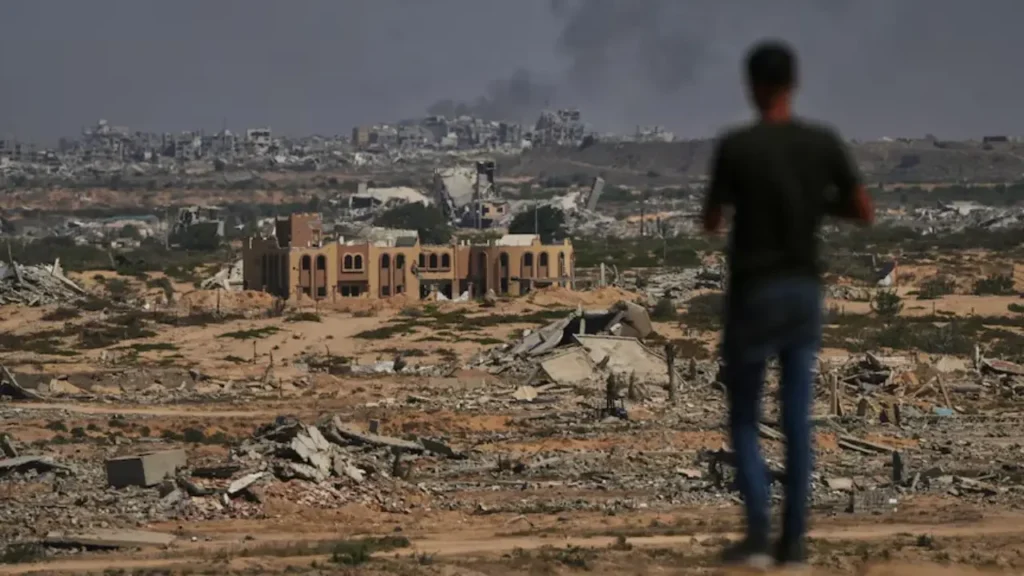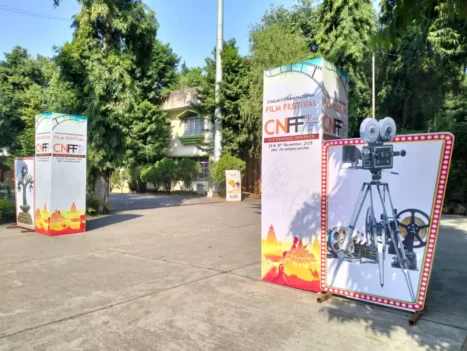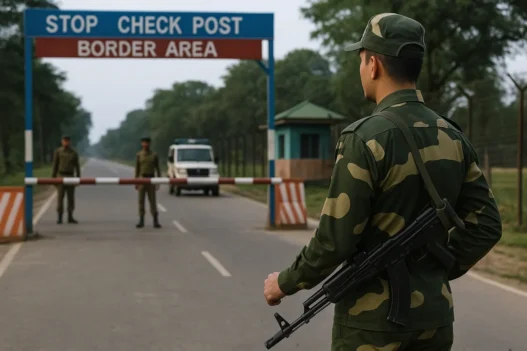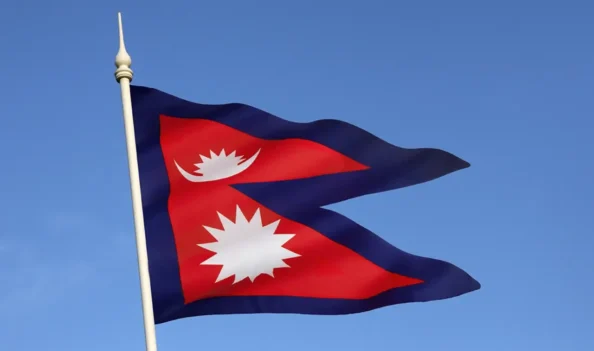The guns in Gaza have fallen silent. Aid trucks roll in, hostages are exchanged, leaders make statements about “fragile hope,” and the international community congratulates itself for engineering a pause in the carnage. And then,inevitably, the explosions WILL return as it has before.
The failure of ceasefires in Gaza is not the consequence of betrayal or bad faith alone. It is designed into the architecture of the truce itself. Each agreement, including the current one, is built on scaffolding so weak, so transactional, that it cannot bear the moral and political weight of the conflict it seeks to contain.
The Anatomy of a Fragile Peace
Most ceasefires between Israel and Hamas function as temporary resets rather than transformations. They are engineered for immediacy: humanitarian access, hostage exchanges, prisoner swaps, and phased pauses in fighting. What they deliberately avoid are the questions that make peace unbearable to the architects of war—questions of sovereignty, recognition, occupation, and accountability.
In the latest 2025 framework, the details are meticulous in the early stages,who gets released, when convoys enter, how corridors open, but fade into abstraction in later phases: “a discussion on permanent cessation,” “steps toward political normalization.” This vagueness is not a flaw; it is a feature. It allows both sides to claim tactical victory without conceding existential ground.
The Zero-Sum Logic
The reason Gaza’s ceasefires collapse is that both Israel and Hamas approach peace as an extension of war by other means. Israel’s strategic vocabulary remains defined by the total dismantling of Hamas and the indefinite control of Gaza. Hamas, for its part, defines resistance not as a tactic but as identity,the last sovereign expression of a stateless people.
One side fights for security through domination, the other for dignity through defiance. Between these absolutes, any truce becomes a lie that both sides agree to inhabit until it collapses.
The Politics of Ambiguity
Every ceasefire carries what might be called the Stage One trap. The initial phase is clear: hostages for pauses, aid for access, monitored by external guarantors. But Phases Two and Three, those involving withdrawal, disarmament, or political recognition,are left open-ended.Israel has gained what it set out and is politically a win; hostages, tactical advatage, punishment, and can if it wants start another war with impunity. Hamas gets a much needed respite to regroup, restock and recruit ( since there are now thousands who has have nothing left to lose and hate Israel). This equation makes this truce will never be peace. It is just the time between rounds
The Spoilers Within
Even when diplomats assemble elaborate frameworks, domestic politics within both camps destroy the scaffolding.
In Israel, Prime Minister Netanyahu’s survival depends on far-right partners who view any cessation of war as treason. His political oxygen comes from perpetual crisis.To compromise, territorially or morally, would mean the collapse of his coalition and the end of his career.
On the palestinian side, Hamas, Fatah and other groups can barely come together to issue a statement, and that means there is no unified authority to ensure the discipline that ensures compliance. Every pause is an opportunity for splinter groups to assert their own legitimacy through provocation.
Add to this the regional theatre,Iran’s strategic axis, Qatar’s mediation, Egypt’s balancing act, and Washington’s compulsive vetoing of international oversight,and the ceasefire becomes less a moral compact than a geopolitical performance.
The Illusion of Management
What the world calls “conflict management” in Gaza is, in essence, the management of impermanence. The humanitarian corridors that open briefly before being bombed again; the aid convoys turned back at checkpoints; the reconstruction funds promised but never disbursed, these are not lapses, they are the machinery of an enduring stalemate.
Without an imposed political horizon,one that ties relief to recognition, aid to autonomy, and monitoring to enforcement no ceasefire will survive its own contradictions. What is called peace is merely an interlude between atrocities.
Beyond the Pause
Ceasefires fail not because the world does not care, but because the world prefers to pause injustice rather than resolve it. A durable truce requires the very thing no actor is willing to offer: a shared political future. Until then, Gaza will continue to oscillate between silence and fire, its ceasefires designed to fail, its people condemned to live in the architecture of impermanence.







